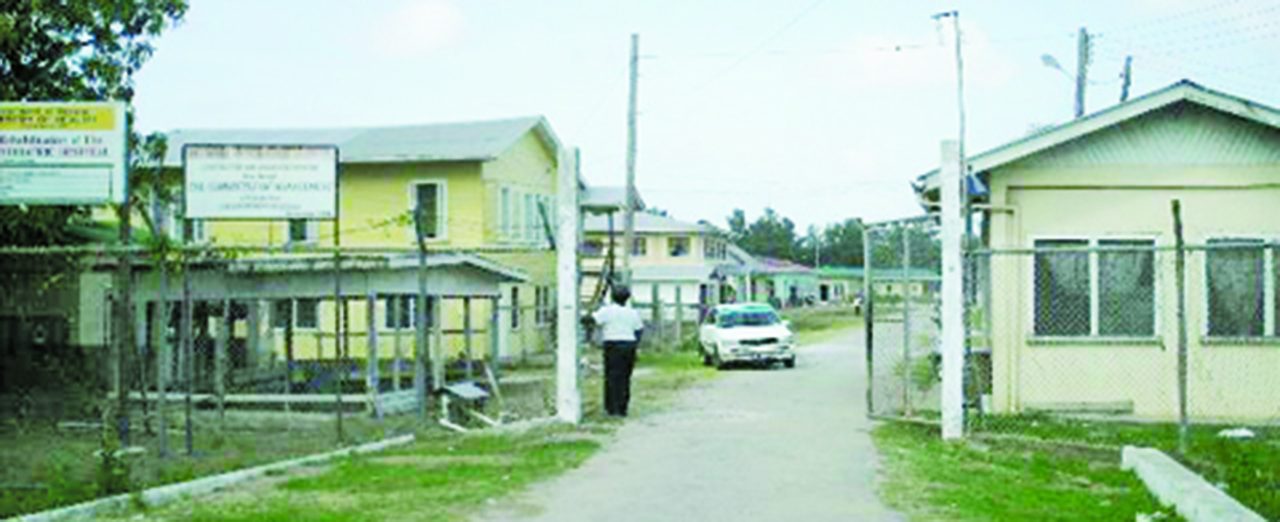Home News Psychiatric Hospital to get facelift
A multimillion-dollar venture is presently ongoing at the National Psychiatric Hospital situated at Fort Canje, East Berbice.
The facility, which is the only one in the country, is getting a much-needed facelift. The once famous playfield, which is situated in the compound, is also being upgraded.
The rehabilitation is being undertaken by the Public Health Ministry and the Regional Administration, according to acting Administrator Luana Sulker. She explained that the decision to carry out enhancement works to elevate the standard of the hospital was taken following a visit to the facility in June 2015, by the then Public Health Minister, Dr George Norton.
During that visit, several issues were highlighted, including the Acute Centre being improperly constructed and persons who are brought from the prisons being let loose in the Hospital, with no police guard.
Sulker disclosed, according to the Department of Public Information (DPI), that a Mental Health Unit is being installed at the facility and once fully functional, would have clinical psychologists and psychiatrists.
She said too that the hospital administration was currently awaiting a decision to demolish the old dilapidated and unsightly structures that still stand in the compound.
History
The Hospital, when first constructed in the early 18th Century, was small, uncomfortable and not conducive to patients and staff. After a number of years, it was relocated to small buildings in the Fort Canje area named Fort Look Out. It was then named the Fort Canje Mental Hospital.
In 1899, four female wards named the Victoria Block wards (named after the Queen) were constructed. There were also six chalets for male patients. The staff comprised both male and female attendants, one Medical Superintendent, one Doctor, maids, porters and guards.
The compound at that time housed one female and a male mess hall for members of staff.
In 1957, the Victoria Block was burnt and later rebuilt. In 1995, that particular block was condemned and three new wards were built. Soon after, one of the female chalets was again destroyed by fire.
To date, the institution – the only national one – still receives transfers from all other hospitals throughout the country and has approximately 200 inmates of which two-thirds are men.
